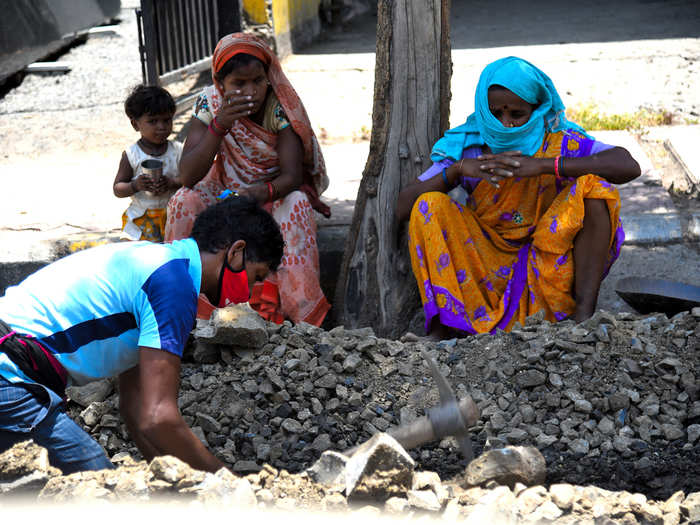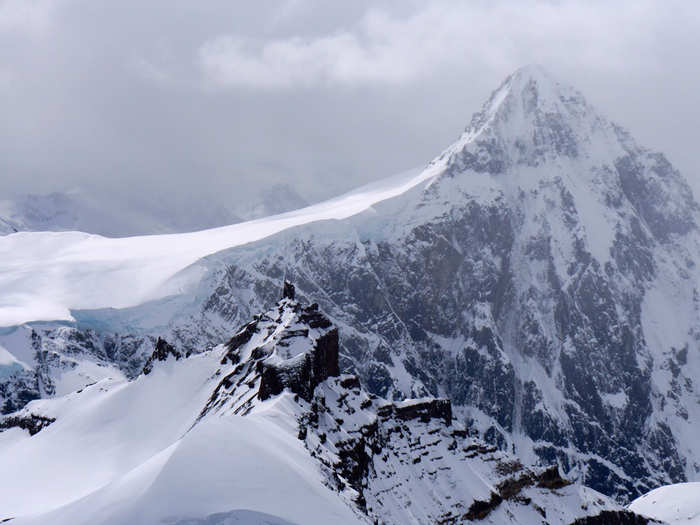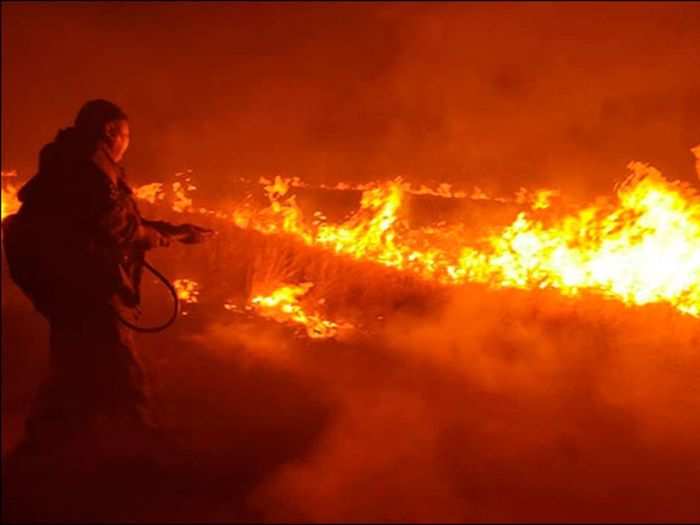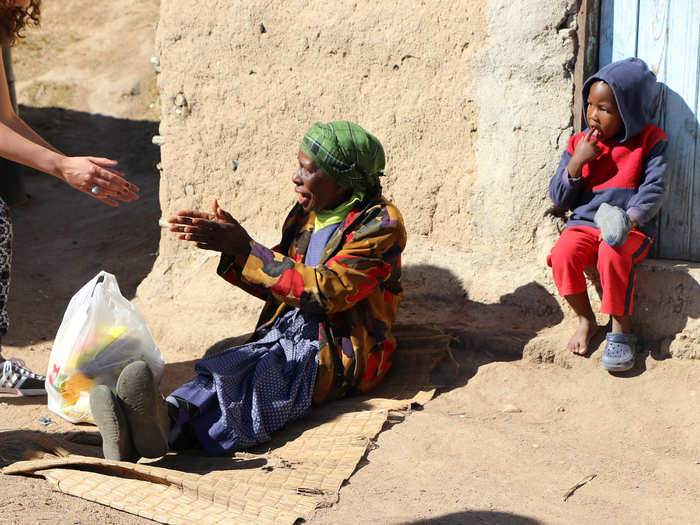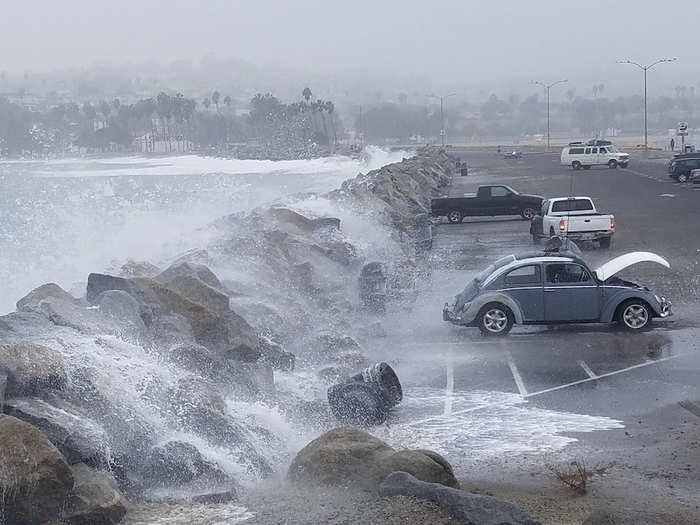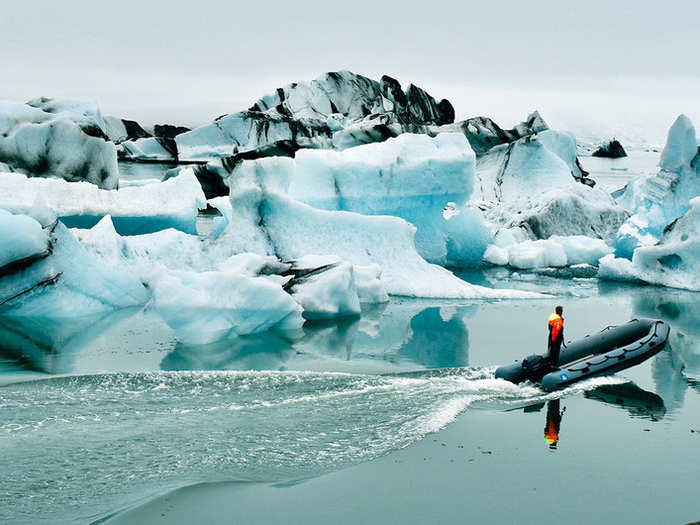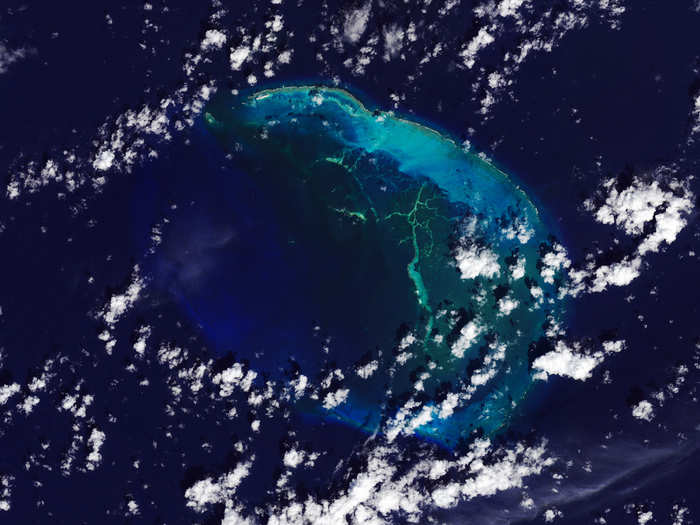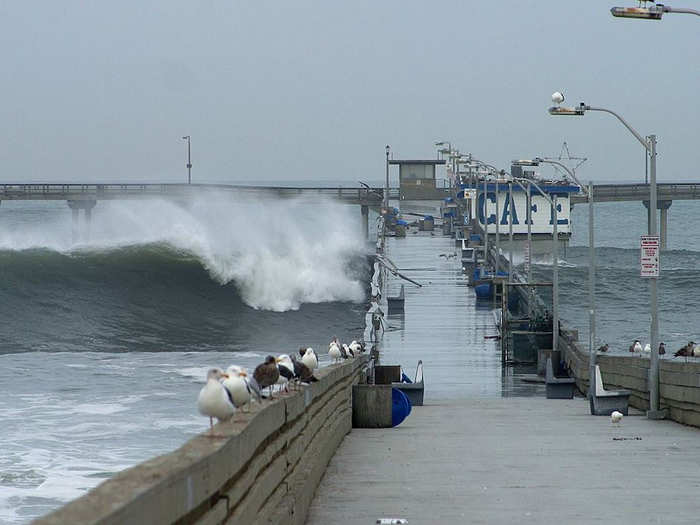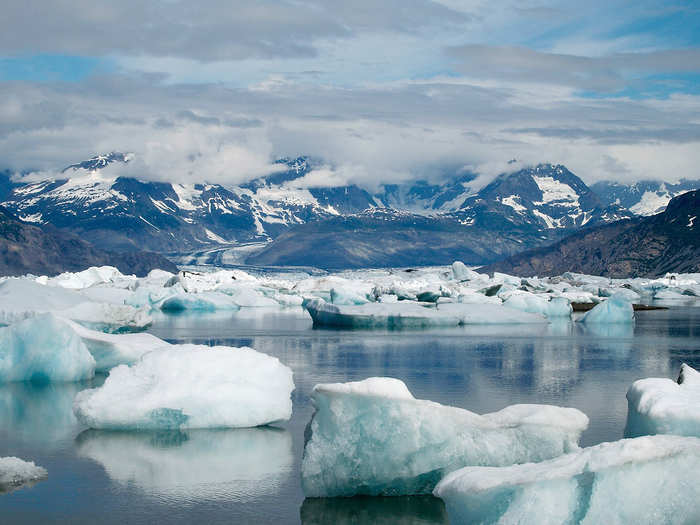3D View of methane sources and movement around the globe NASA's Scientific Visualization Studio
- As global warming gets worse over the next two centuries, India is among one of the countries set to bear the brunt of climate change.
- A working paper by Princeton University estimates that India’s welfare loss — decrease in economic and social well being — could be as high as 15% against the global average of 6%.
- However, some regions like Alaska, North Canada and Siberia could see an uptake in welfare, which isn’t without its own cost.
Global warming may affect the entire world, but some countries have more to lose than others, particularly India. On the flip side, some countries stand to gain from the melting ice caps and rising sea levels — at least on an economic level — like Alaska, North Canada and Siberia.
A working paper by researchers at the
Princeton University pegs the possible welfare loss by up to 15% by the end of the century for some of the hottest regions of the world. Meanwhile, the coldest regions could be possible beneficiaries.
The impact of climate change is different not only between countries but there are large deviations within a country. The Reserve Bank of India (
RBI), in a report released in April 2020, said that agricultural states, like Punjab and Bihar, will be more affected by global warming than others.
Here’s a quick look that what parts of the world stand to gain from global warming, and who’ll be on the losing side:
The hottest regions of South America, Africa, India and Australia stand to experience welfare loss of 15%
These labour from Madhya Pradesh were seen during working in the hot temperature in 27 May 2020 BCCL
Welfare loss is the decrease in economic and social well being caused by extraneous factors, which in this case is global warming and climate change.
According to Princeton’s report, the loss in productivity will affect almost all regions to the south of the 30-degree latitude.
The coldest regions of Alaska, Canada and Siberia may have welfare gains as high as 14%
Clouds over Alaska's Wrangell Mountains NASA
But welfare gains in economic terms — that is increasing costs of innovation, trade and migration in other parts of the world — don’t account for the overall environmental loss in the local region.
While these cold regions of the world will see an uptake of economic activity, it will be at the cost of melting ice caps and raging wildfires
Russia fights forest forests in Siberia and the far east as temperatures rise after a drier than average winter Civil Defense and Emergencies Service of the Republic of Tuva
In May 2020, satellite images showed that the outbreak of fires in Siberia was 10 times worse than the year before.
In Alaska, scientists believe that zombie fires — fires that keep burning underground even after the flame on the surface have died down — will emit more carbon dioxide than ever before. These fires are hidden and can survive harsh winters and hot summers.
The Copernicus Atmosphere Monitoring Service (CAMS), which tracks wildfires and their ensuring smoke, has observed that Siberia, Russia and Greenland are releasing a record amount of carbon dioxide into the atmosphere.
On average, the world is expected to lose 6% in terms of welfare
Hottest regions of the world, like parts of Africa, will still bear the brunt of global warming PIxabay
However, the exact number depends on the yearly discount factor like carbon emissions from forestry and non carbon emissions from greenhouse gases.
Accounting for uncertainty, the global average of welfare loss could be anywhere as high as 12% to 20%. But, this uncertainty only has an impact on the global average. The relative distribution of losses remains relatively the same.
Simply put, the hottest regions will still be on the losing side and the coldest will have something to gain.
Hotter regions will see a massive drop in productivity, while cooler regions will get a boost
A rickshaw puller wears mask and covers is head as India's national capital, New Delhi, undergoes a heatwave in 2020 BCCL
The magnitude of the decline in productivity depends on the birth rate, migration costs, trade networks and other local characteristics.
In certain parts of Brazil, the Middle East, India and Australia, productivity is set to decline by as much as 60%, according to the Princeton’s report.
Meanwhile, in certain parts of Alaska, Northern Canada, Greenland and Northern Russia, productivity doubles relative to if there was no global warming at all. Not very clear in that line. Make it a very simple sentence.
Global warming generates migration towards colder regions, which helps boost productivity.
But, if migration costs increase by 25%, the average welfare cost of global warming rises by another 4%
Waves from a "king tide" wash into parking lot at Cabrillo Beach, California, in December 2018 California King Tides Project via NASA
Higher migration costs make global warming more costly for Africa, but also for northern regions which will benefit less from the influx of migrants.
Increase in migration costs also lead to significantly faster population growth. More people stay in poorer areas where they have more children.
More than 600 million people will be displaced by the impact of climate change
The Jokulsarlon Glacier Lagoon in Iceland is formed naturally from melted glacial water and is perpetually growing while big blocks of ice crumble from a shrinking glacier UN News
Although the inflow of migration to the coldest regions is large in relative terms, the absolute numbers are small. Most of the extremely cold areas of the globe are only sparsely populated.
By 2200, Princeton’s paper estimates that 5.85% of the total world population will reside in a different location due to global warming.
This displacement will occur to due to rising sea levels eating up coastlines
Coastlines at the Bay of Bengal are at risk of being washed out as tropical cyclones get less frequent, but more intense as global warming increases NASA Earth
Warming ocean water and unprecedented melting of the Antarctic and Greenland ice sheets could cause sea levels to rise by more than 3 feet by the end of the century, according to a report by the United Nations (UN).
In Asia, more than two-thirds of the population is at risk of coastline flooding by 2050 — and India’s on the front lines.
Destructive storm surges fuelled by increasingly powerful cyclones and rising seas will hit Asia hardest, according to a 2020 study published in Nature Communications.
The rate at which these ice caps are melting is also on the rise — and rising sea levels are eating up islands
In October 2018, Hurricane Walaka washed away the 11-acre strip of sand and gravel, and only two slivers of land have re-emerged of Hawaii's East Island NASA Earth
Melting ice caps has already contributed to more than half an inch of rise in sea-levels since 1972. Half of that increase has come about in the last eight years, according to the UN report.
Trade costs will be also increase but its impact will be less than migration, according to Princeton’s report
Erratic weather can wash out ports and coastlines creating issues and delays in trade NASA
This is because the evolution of temperature is a global phenomenon. Trade, for the most part, is more local.
Nonetheless, trade will be affected as supply, transport and distribution chains are more vulnerable to disruptions caused by climate change.
For warmer areas, this could lead to the destruction of ports, shutting down of transport routes due to extreme weather events and increasing interruptions due to delays, according to a report by the OECD.
Other impacts — such as retreat of polar ice under warmer temperatures — can lead to opening up new trade routes in the Arctic. This would be a positive boon for areas like Alaska and Greenland.
The impact of innovation costs lies somewhere between migration and trade
Alaska's biggest 'ice losers' are inland NASA
Princeton's report asserts that a rise in the cost of innovation benefits the coldest places on Earth but hurts the warmest ones significantly.

